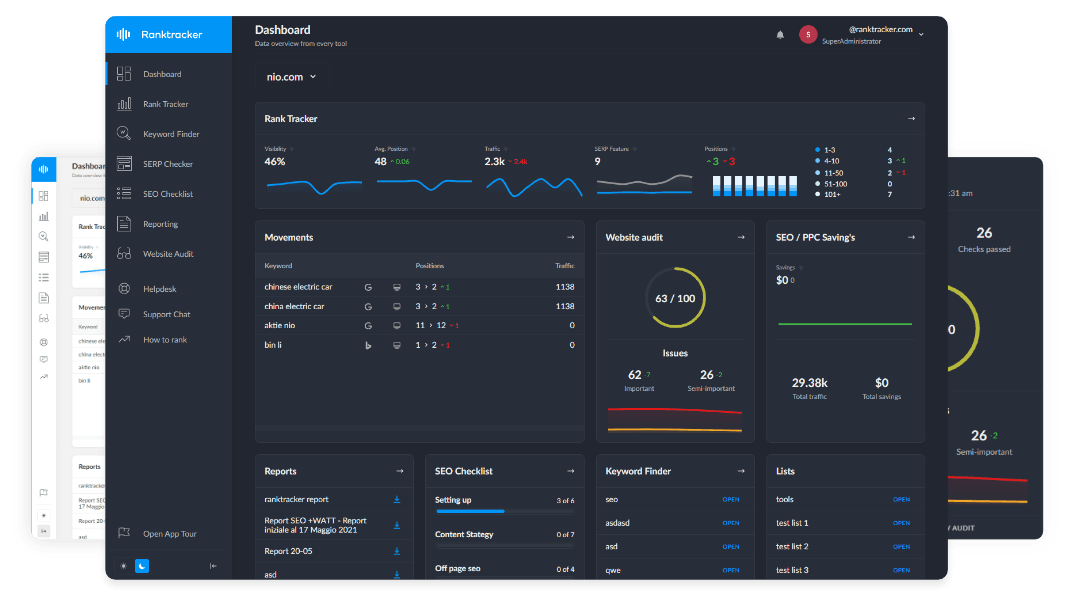Intro
In B2B, a single wrong contact or a lost day can cost a deal. For most companies, lead generation often turns into an endless marathon — digging through the internet, verifying data, only to find that half of the emails don’t work. Generect’s Lead API solves this issue by delivering fresh, verified lead data straight into your CRM. In this article, we’ll explore what Lead API is, how it works, and why it is fundamentally changing the approach to B2B sales.
What Is Lead API and Why Does It Matter?

Lead API is a software interface that allows your systems to automatically retrieve data on potential clients. Instead of manually collecting emails, names, or phone numbers, the API does it for you, pulling information from public sources in real time. But Generect’s Lead API goes a step further — it doesn’t just provide contacts but enriches them with additional information, from company size to lead activity on your website.
Why is this important? In B2B sales, data becomes outdated incredibly fast — up to 30% of contact information becomes obsolete every year. This means that without fresh data, you risk sending emails into the void or calling people who have long since changed jobs. This tool solves that problem by ensuring email accuracy up to 98% and updating data at the moment of request.
How It Works in Practice
Lead API is built for maximum efficiency, as it doesn’t rely on outdated databases but uses real-time data collection and verification. Here’s how it operates:
- Real-time data collection: The tool scans public sources — LinkedIn, company websites, and social media — and retrieves up-to-date contacts, such as emails and phone numbers, at the moment of request;
- Data enrichment: Beyond basic contact details, the data enrichment API adds firmographic data (company size, industry) and behavioral signals (website visits, content downloads);
- Email validation: It uses SMTP verification and algorithms to filter out catch-all addresses, ensuring 98% accuracy;
- Flexible integration: It operates via REST requests, connecting with Salesforce, HubSpot, or any other systems you use.
Example: You want to find CFOs in companies with revenue above $10M. You input the parameters into the API, and within seconds, you receive a list with names, emails, and insights into their recent activity. These leads are automatically uploaded to your CRM, ready for your team to act on.
Integration with Your Tech Stack
One of the most remarkable features of Lead API is its ability to seamlessly integrate into your existing workflows. It connects with popular CRMs such as Salesforce, HubSpot, and Zoho, as well as sales automation tools like Outreach and Apollo. This means lead data is delivered directly to the systems you already use, eliminating unnecessary manual tasks.
Example: You can configure the API to automatically update your HubSpot database daily, weekly, or monthly, ensuring your lead data stays fresh and actionable.
Automation and Sales Acceleration
This solution does more than just supply data — it optimizes the entire sales process. In B2B, every hour spent searching for or verifying leads is an hour lost that could have been used to close a deal. Here’s how the API helps:
- Lead search automation: Instead of manually searching LinkedIn or Google, the API does it for you, delivering only relevant leads based on predefined criteria;
- Lead qualification: AI analyzes behaviors, such as who downloaded your whitepaper or researched competitors, and assigns scores to leads so you know where to focus your efforts.
These features help shorten the sales cycle. Companies using Lead API report a 50% reduction in lead qualification time, giving sales teams more time to build relationships and close deals.
Generect’s lead API vs. manual lead generation comparison:
| Feature | Manual lead generation | Generect’s lead API |
| Data accuracy | 30% obsolescence rate annually | 98% email accuracy, real-time updates |
| Time spent | 10+ hours/week on research | ~1 hour/week with automation |
| Integration | Manual CSV exports | Seamless REST API sync with CRM |
Lead API has already proven its effectiveness for B2B companies. For example, a SaaS startup that implemented it increased its number of qualified leads by 200% in just four months, simply by integrating it into their CRM. Another company, a digital marketing agency, reduced the time required to generate and validate lead lists from five days to six hours, thanks to automated data collection and validation.
Practical Application
Imagine you are selling analytics software for retail. Previously, your team spent 12 hours per week searching for sales directors at companies with revenue exceeding $50M. With Lead API, this process now takes just 90 minutes. The API found 200 relevant leads, verified their emails, and added them to your CRM along with insights into their activity.
Sounds incredible? The reality is that with Lead API, it’s entirely possible. In an era where sales are more dependent on technology than ever, and clients expect you to understand their needs before the first interaction, Generect’s Lead API provides a significant advantage.
Lead API — The Future, Available Today
Competitors aren’t waiting. If your team is drowning in manual lead searching, it’s time to try Lead API. Request a demo and see how automation can transform your sales process. Time is your most valuable asset, and Generect helps you make the most of it.

